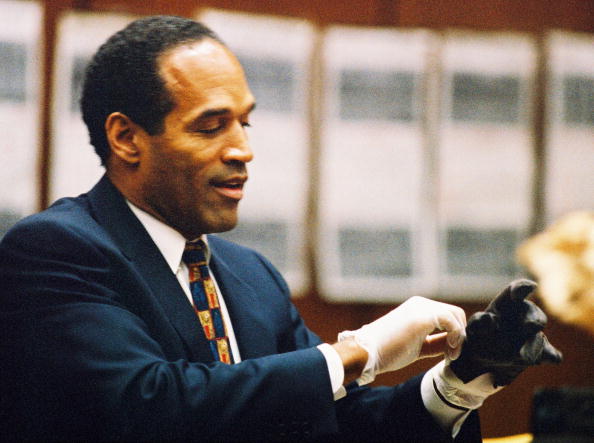Like many educators, Lexie Woo is frustrated with the disparities in public school resources. She recalls working at a high-performing elementary school in Manhattan as a student teacher. The kids there had access to all the latest technologies, like Smart Boards, as well as updated textbooks and a full range of support services.
Woo was shocked when she landed her first teaching position across the river at a Brooklyn elementary school. She expected the students there to have the resources they needed. Instead, her Brooklyn Title I school (which has a high percent of students from low-income families) had little in the way of technology.
Forget about Smart Boards—classrooms had old-fashioned chalkboards. There was one working desktop computer, which teachers fought over to provide their students with resources or to print lessons. And at the low-income community school, textbooks were often decades-old.
She’s now currently a special education teacher at Public School 49, a non-Title 1 school in the borough of Queens, which has an abundance of high-tech equipment and resources.
Woo told NewsOne that a student’s zip code shouldn’t be a disadvantage: “What frustrates me the most is seeing schools that are underperforming, under-resourced, with high turnover rates and poor administrators—in the same city, sometimes in the next neighborhood—as well-resourced schools.”
For all of its shortcomings, No Child Left Behind, the federal education law enacted by President George W. Bush in 2002, shed a spotlight on inequality and accountability in public education.
It required states and local school districts to report on how subgroups of students (race, gender, ethnicity, socioeconomic background, English language learners, or special needs) performed on standardized tests, and it demanded accountability for failing schools.
In December, President Barack Obama signed into law a bipartisan replacement to the unpopular NCLB. Under the new law, the Every Student Succeeds Act, the federal government’s footprint is dramatically reduced in the education system. It shifts authority and decision-making about how to close achievement gaps to the states and school districts.
For many, this shift in authority raises red flags. Some states and school districts have a long history of neglecting (often intentionally) the education of students of color. Washington has been the only guarantor of equality.
Woo said she initially had some concerns about how ESSA’s shift in authority would affect the disparities in the education system. “However, I feel hopeful that with strong accountability systems and incentive programs, as well as increased educator voice at the local, state, and federal levels, that educational equity will not fall through the cracks,” she stated.
NewsOne spoke with U.S. Education Secretary John King, who is tasked with implementing ESSA, about the anxiety.
“That’s exactly the right concern to have,” he told us on the 62nd anniversary of Brown v. Board of Education, a day that many paused to assess progress toward equality in education.
He added that his department “takes very seriously our responsibility to provide civil rights guard rails” to the new flexibility state and local decision-makers now have under the new education law.
King explained that he and President Obama supported ESSA because it grants states and districts the flexibility to utilize innovate ways that serve high needs students better.
He added: “But at the end of the day, we also supported ESSA because it preserves the Education Department’s authority to put civil rights guard rails in place.”
Berrick Abramson, with the education nonprofit TNTP, said ESSA builds on what NCLB established. And how this plays out for students depends on what state officials decide to do with it. “There’s opportunity for states to do really strong things,” he told NewsOne.
At the same time, Abramson said there’s an important role for Secretary King to play in what rules the states and school districts adopt, as well as what influence the federal government puts on equity.
Secretary King pointed to the “supplement-not-supplant” principle as one of those key civil rights guard rails that the federal government can use to ensure a more equitable distribution of resources. Supplement-not-supplant requires that states use federal Title I dollars as an additional resource to the financially disadvantaged—not as a replacement for state funding shortfalls.
Under ESSA, King explained, the federal government would not “prescribe” how states allot federal funds, but state decision-makers must “demonstrate” that disadvantaged students get as much state and local support as students in upper-income communities.
PHOTO CREDIT: Getty
SEE ALSO:
Survey: Black & Hispanic Parents See Discrimination In The Education System
Education Department Launches Discrimination Probe Of Florida School District
















